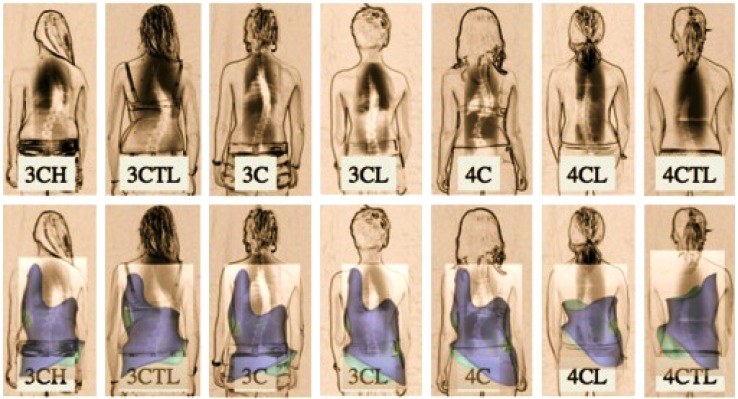Updated March 15, 2019: A pleasant young adolescent, accompanied by her parents, came to Boston to see me for Schroth treatment. As we began the evaluation, her father, an MD, looked at me and said, “I read the book, and I’m not sure if her curve classification is a three curve or a four curve.” I had to admit, he was right to be a little confused about Schroth classifications because his daughter’s curve was what I would categorize as atypical. (The book he was referring to at the time was Three-Dimensional Treatment for Scoliosis by Christa Lehnert-Schroth, PT. Since then, Schroth Therapy – Advancements in Conservative Scoliosis Treatment, has also been published.
The fact is that the majority of scoliosis curves are unique and practitioners consider many factors when looking at a curve three-dimensionally. Parents are often under the impression that their child has one or two curves, but according to Schroth, compensatory curves must be accounted for when classifying scoliosis curves, and more importantly when Schroth treatment takes place.

This girl’s father’s statement got me to thinking about a practice that is happening more and more. There are some pilates and yoga instructors, as well as some health care practitioners, who are reading Christa Lehnert Schroth’s book and attempting to teach the Schroth method to patients. Schroth is not the type of technique that you can pick up a book and teach yourself easily. From a patient’s perspective, you really shouldn’t risk treatment with a practitioner, or another person, who has a questionable understanding of Schroth classifications, or the nuances of Schroth classifications. The two books on Schroth mentioned above were written with the intent that professionals could acquaint themselves with Schroth principles, not be used to instruct patients without intimate knowledge of the system. Fortunately, my patient’s dad was smart and understood that concept. We created a custom program for his daughter so she could go home and work on her scoliosis, confident that she had the right routine.
Everyone, including practitioners, must use care when it comes to Schroth classifications for scoliosis curve pattern. It’s a system that requires the best professional judgment and experience since scoliosis curves can be unique. Accurate curve classification is necessary to implement the correct treatment. If the wrong classification is used, it could have a negative impact on the patient. If you are considering Schroth, choose wisely. Any practitioner who has taken a course here at Scoliosis 3DC® has access to us and our expertise should there be a question regarding Schroth classifications.

